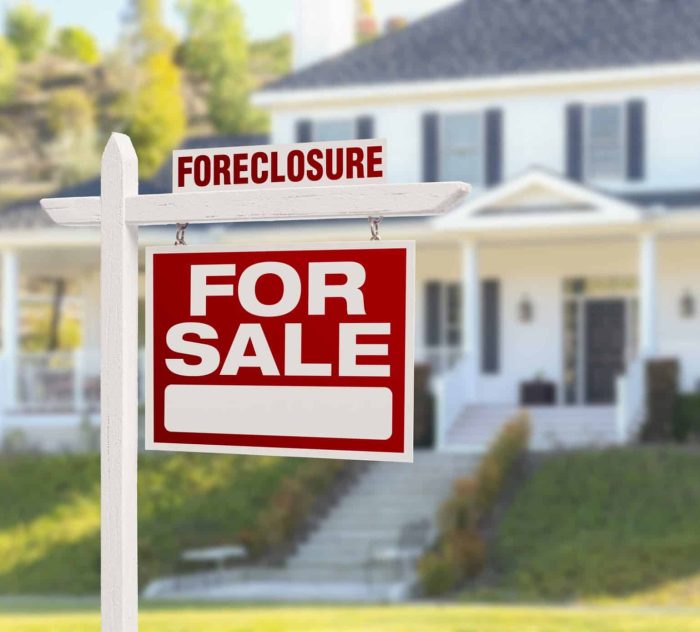Lenders extend loans with the belief that if a borrower fails to make debt service payments, the lender can sell the underlying collateral and recoup the outstanding balance of the loan. However, bankruptcy courts have the power to unwind past loan transactions and leave lenders unsecured if the court determines that the loan was part of a “fraudulent conveyance”. Most fraudulent conveyances occur when a borrower who is near insolvency enters into a transaction that lacks a “reasonably equivalent exchange of value”. These laws were designed to prevent distressed borrowers from discount selling their assets prior to declaring bankruptcy. But in practice, these laws can harm lenders who fail to recognize a borrower’s financial distress and structure a loan that lacks reasonable equivalency in the benefits received by the lender relative to the borrower. Therefore, this article serves as a reminder to lenders on how to recognize and prevent lending situations that might result in a fraudulent conveyance.
Transactions at Risk of Fraudulent Conveyance Issues
- Lending Too Much. Lenders can run into trouble when extending large loans to small businesses because the debt service payments might drive the borrowing company into bankruptcy. Even large companies can take on too much debt, which can overly restrict their remaining assets and cause the business to fail. Courts may view these loans as preventing the borrower from paying back other creditors and therefore unwind the loan for failure to exchange equivalent value. For this reason, prior to extending credit, lenders should always conduct careful financial diligence to ensure that the loan is right-sized for the value of the company.
- Overcollateralization. Conversely, lenders should be careful when extending too little credit relative to the amount of collateral taken for the loan. Courts can view these situations as making borrowers insolvent or nearly insolvent, which can trigger the application of fraudulent conveyance laws for lack of a reasonably equivalent exchange in value.
- Guaranties and Multiple Borrowers. Exchanging equivalent value does not just require that both the lender side of the transaction and the borrower side of the transaction benefit from the transaction overall. It also requires that each party on the borrower side receives some benefit from the transaction as well. For example, when a parent entity guarantees a loan to one of its subsidiaries, the parent entity will likely benefit from the transaction because the increase in value experienced by its subsidiary flows upwards to benefit the parent. This transaction would not be vulnerable to fraudulent conveyance issues. By contrast, when a subsidiary entity guarantees a loan to its parent, the subsidiary might not benefit from the arrangement because the parent may never send proceeds down the corporate chain to benefit the subsidiary. This transaction could give rise to fraudulent conveyance issues. These problems can also come up in the context of inter-corporate guaranties or co-borrowing arrangements, where unrelated branches of a corporate family guarantee or co-borrow on loans made to other entities within the corporate family. To prevent fraudulent conveyance issues, lenders should think carefully about who benefits from the loan arrangement to ensure that all parties to the transaction receive something valuable.
- Company Stock Transactions. Transactions that rely on the value of a company’s stock can trigger fraudulent conveyance concerns due to the risk of overvaluing the company’s worth. However, the bigger problem with these kinds of transactions is that the loan proceeds rarely flow to the company. For instance, in dividend recapitalization transactions, loan proceeds are loaned to the company and then immediately distributed to the shareholders. If the company subsequently goes bankrupt, the loan can be unwound because the company received nothing in exchange for a lien on its assets. Similarly, in leveraged buyouts, lenders lend to the purchasers of the company but secure the loan with the company’s assets. Since the sellers of the company, and not the company itself, benefit from the loan, a lender might lose its lien on the company’s assets if the company goes bankrupt because the loan transaction failed to exchange reasonably equivalent value between the parties.
Protective Measures
Fortunately, lenders can protect themselves from losing their collateral in bankruptcy by taking certain steps before extending credit.
- Third-Party Audits. Independent appraisers with expertise in valuing the kinds of assets owned by the borrower should provide appraisals of the fair value of the assets. Accountants should prepare pro forma financial statements giving effect to the transaction, which should be dated (or brought down) as close to the transaction date as possible. These measures can help reduce the risk that a loan results in an inequivalent exchange of value.
- Financial Projections and Solvency Opinions. Financial projections prepared by management of the borrower or its advisors can help support the conclusion that the borrower is adequately capitalized, that it will not incur debts beyond its ability to pay as they mature, and that it will have positive cash flow after making all scheduled debt repayments. Lenders can also require solvency opinions from investment bankers or solvency certificates prepared by the borrower’s management team to verify the solvency of the company before and after the transaction.
- Single Borrower Arrangements. Limiting unrelated borrowers and guarantors who will not benefit from the loan can reduce the risk that the guaranties and lending arrangements will be unwound in bankruptcy due to an inequivalent exchange of value. Prior to lending, lenders should confer with counsel to determine whether all borrower entities and guarantors will benefit from the transaction.
- Legal Opinions. Lenders can require a legal opinion from the borrower’s counsel addressing the enforceability of the transaction. Typically, this opinion contains a “bankruptcy exception,” which states that the enforceability of the transaction can be subject to bankruptcy, insolvency, or other actions. However, specialty bankruptcy opinions can be required separately to fill this gap.
Conclusion
While borrower solvency is never guaranteed, lenders can protect themselves from becoming unsecured in the event of a borrower bankruptcy by using the above strategies. The laws on fraudulent conveyances involve certain technical complexities that are beyond the scope of this introduction. Therefore, lenders are advised to consult legal counsel prior to extending credit to determine whether fraudulent conveyance issues exist in the potential lending transaction.



